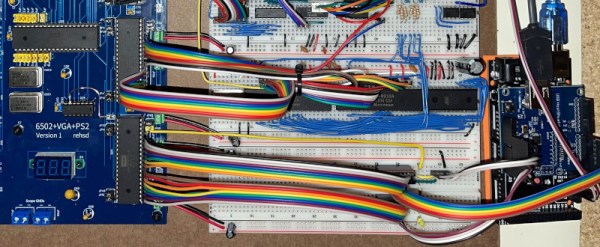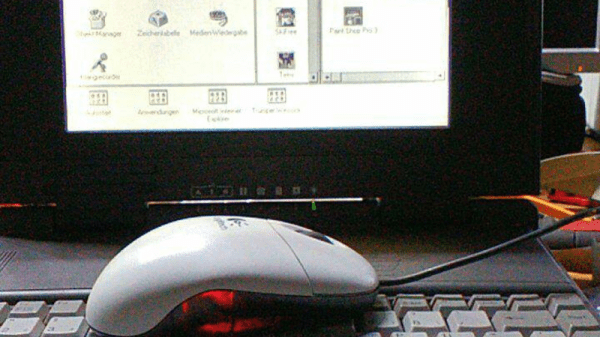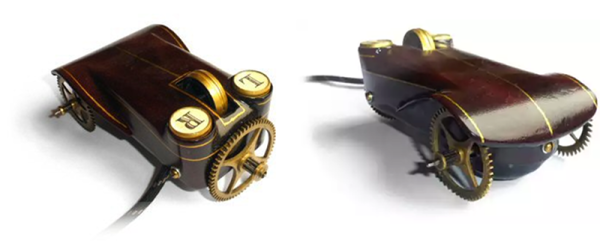The MouSTer is a device that enables modern USB HID mice to be used on various retro computers. The project has been through its ups and downs over years, but [drygol] is here to say one thing: rumors of the MouSTers demise have been greatly exaggerated. Now, the project is back and better than ever!
The team has been hard at work on quashing bugs and bringing new features to bear. The headline is that the MouSTer project will now offer mouse wheel support for Amiga users. This is quite the coup, as mouse wheels were incredibly obscure until the late 90s. Now, users of Commodore’s finest machines will be able to scroll with abandon with modern HID mice.
While the progress is grand, much is still left to be done. Despite the name, the MouSTer was never intended to solely serve Atari users. Future goals involve adding support for ADB mice for retro Macs, DB9 mouse support for even-older Apple machines, and DB9 mouse support for older PCs. The team is eager for there to be one MouSTer to rule them all, so to speak, and hopes to make the ultimate retro computer mouse adapter to serve as many purposes as possible.
We first looked at the MouSTer back in 2020, and it’s great to see how far it’s come.
Continue reading “The MouSTer Adapter Now Has Amiga Scroll Support”








 We were afraid the project would require advanced wood or metal working capability, but the bottom of the mouse is made from paper mache. The top and sides are cut from tinplate. Of course, the paint job is everything.
We were afraid the project would require advanced wood or metal working capability, but the bottom of the mouse is made from paper mache. The top and sides are cut from tinplate. Of course, the paint job is everything.










